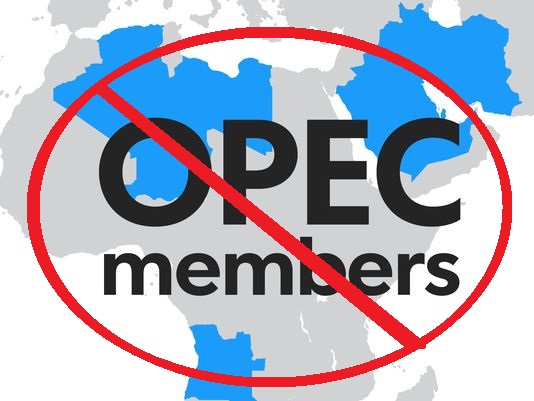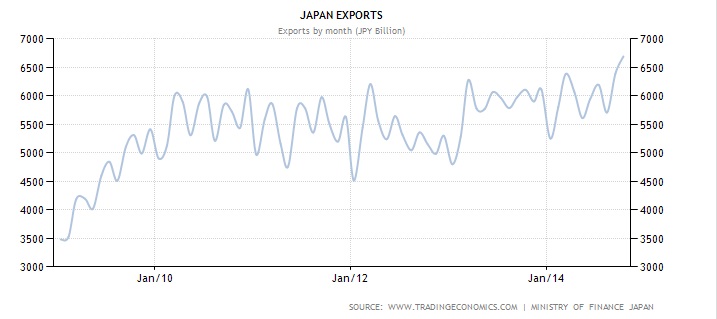Industrial Automation & Sensors Blog
2015: International Economic Divergence Could Surprise Manufacturers
Recent leading economic indicators for the US economy have been astounding. Last Friday, Dec 5th was jobs days in America. The US added 321,000 new jobs in November and revised up 44,000 jobs for previous months for a total of 365,000 net new jobs added. The real stand out was manufacturing which added 28,000, bringing the total for the year to 171,000. Another promising data point was average hourly earnings which rose 0.4%. On Wednesday, a positive Consumer Spending Report also pointed to strong trends in the US economy, possibly buttressed by low gasoline prices. WTI traded to below $58/bbl today, a level not seen since the financial crisis.

All of this great news has had a dramatic effect on currency markets and will almost certainly go on to affect global Gross Domestic Product figures. Each country is unique and will be affected differently. Currency market fluctuations are a great predictor of both sentiment and expected economic performance; below I have compiled values for both the Yen and Euro, both now sit at or below 5 year lows – Courtesy of Yahoo Finance.
The real story for automation suppliers is the recent divergence in the performance of major developed economies. What we are seeing now is a marked disparity between the economies of the United States and China versus that of Europe and Japan. Europe has stalled, and the prospects for Japan are much worse than originally thought. Heading into 2015, sensor companies will be assessing strategy and deploying investments into international ventures. While the US and China are obvious regions for expansion, there are many other countries in the emerging and frontier markets that have promising outlooks. That being said, there are several other economies such as emerging market oil exporters Argentina, Nigeria and Venezuela that should be avoided altogether.

As part of VDC’s Industrial Automation and Sensors practice, many leading economic indicators are canvassed and included into the model. Currency fluctuations are an integral part of the equation and must be at the forefront of any international industrial conglomerate’s strategy discussion. In September, the IAS team first alerted readers to the fact that the strong dollar was having an effect on markets and that the Yen was weakening to multi-year lows. 3 months later, the Yen now sits at ~120 per US dollar. This weakening as well as the geo-location gives the Japanese an immense advantage in selling sensors and automation components into the APAC region. For this reason, it may be prudent for Western companies such as ABB, Honeywell, and Siemens to concede this region, at least in part, to the dominant players in Japan such as Keyence and Yokogawa. Below I have compiled a chart showing the rise in Japanese exports, courtesy of Japan's Ministry of Finance and tradingeconomics.com.

A few regions that the western suppliers could target include Colombia, Mexico, and northern Sub-Saharan Africa. All of these regions exhibit favorable economic conditions in that the governments have recently stabilized and their economies offer ample growth. Recent reports from the IMF show that Colombia is the fastest growing country in Latin America and that six of the ten fastest growing world economies reside in Africa. This type of information is critical for any international sensor company planning investments for 2015. Automation and manufacturing companies who have accurately planned their 2015 strategy based on sub-60 dollar oil will have an advantage. Fluctuations have roiled both the commodity and currency markets, fundamentally changing the global landscape.